

PASS/START-PROF has high level modern object-oriented piping model, CAESAR II has low level spreadsheet based piping model, where user can type the information in any form manually. Although currently for most of the cases, nearly 90% of pipe route it is possible to import automatically. Other certain items may require be completed manually in the PASS/START-PROF side after automatic conversion.
For example:
In PASS/START-PROF the Variable Spring Hanger Object has a rotating rod properties and Variable Spring Support Object has a friction by default, but CAESAR II doesn't have it. CAESAR II users are adding the rotating rod and friction to the springs manually, using CNODE
PASS/START-PROF's Tee Object has a header and branch length properties and able to model the header and branch flexibilities by default. But CAESAR II tee is just SIF in the intersection point. If user want to take into account the greater tee or bend wall thickness, consider the flexibilities of header and branch, he need to add the additional nodes manually and increase the thickness on the header and branch pipes, add expansion joints to model the flexibilities. The FEATOOLS software is offered to help user with this hard task. So It's quite hard to interpret all the user's manual input features and convert it into START-PROF's standardized high-level tee and bend objects.
PASS/START-PROF has a Nozzle Object that automatically allows to take into account the nozzle movements due to vessel thermal expansions, flexibilities, bulging effect, check the allowable loads. In CAESAR II user create the nozzle-vessel model manually using CNODE. It's quite hard to imagine what user was thinking when creating this or that piping model with nozzle.
In CAESAR II user can define the load cases in free form. In PASS/START-PROF the higher level Operation Mode Editor is used, that helps to significantly simplify the process of creating the load cases. But it's not so easy to create a 100% accurate automatic converter of manually defined load cases into the operation modes
CAESAR II and START-PROF Differences
Verification CAESAR II and START-PROF Model 1
Function allows to import piping model from CAESAR II neutral format files (.cii) v.7, v.8, v.9, v10, v11, v12, v13, v14. See Video 1 and Video 2.
To import the model first export it into neutral format in CAESAR II:
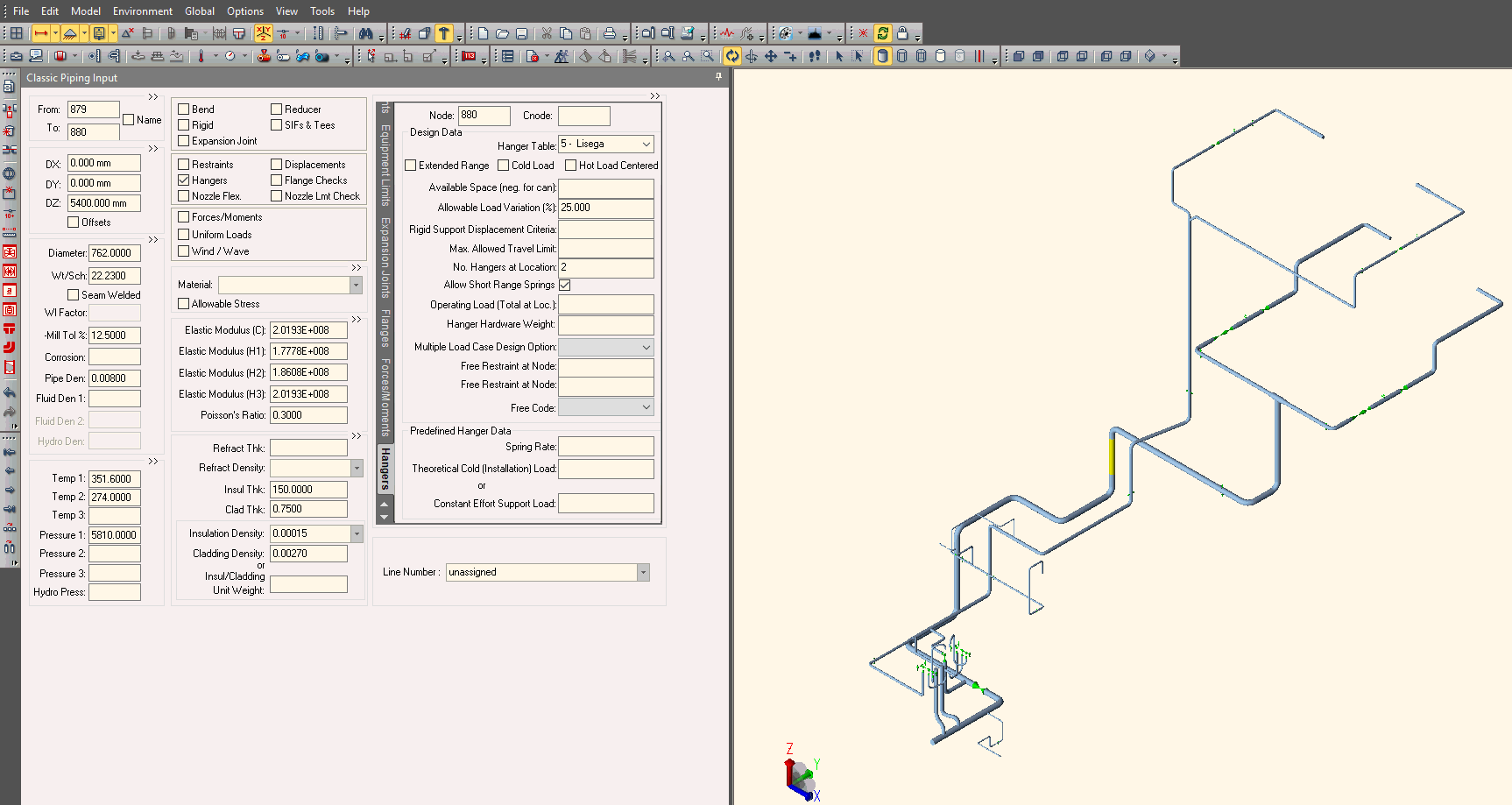

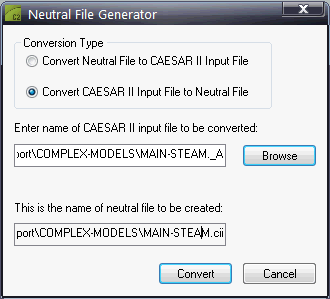
Also load cases may be exported into the Excel file
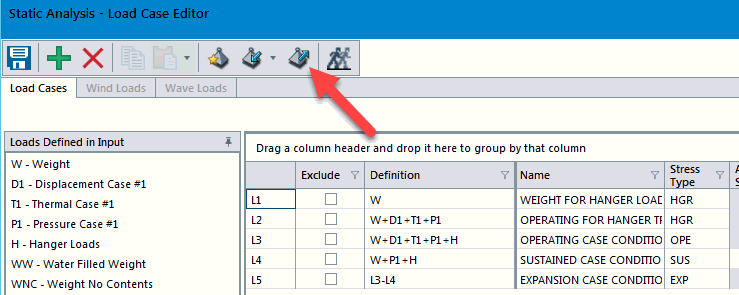
It is possible to import data as described below:

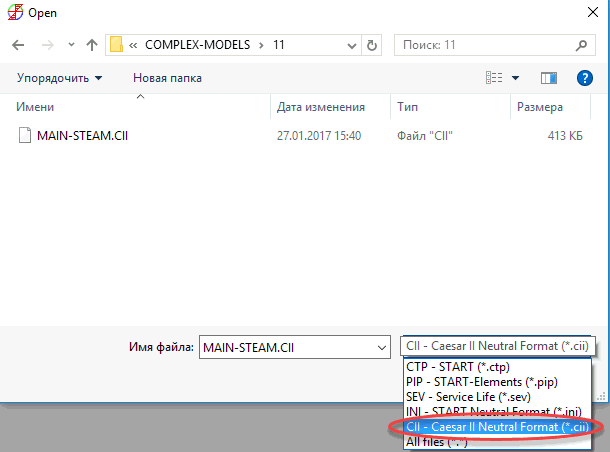
Drag’n’Drop – you can drag .cii file to PASS/START-PROF window
From menu File > Import > From Caesar II (.cii)
In this dialog you can specify the Excel (.xlsx) file with the load cases, that should be imported into PASS/START-PROF (CAESAR v.11 and v.12)
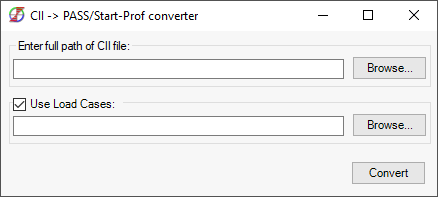

The path to configuration files can be found and changed in General Settings
To import the structural elements from CAESAR II .str file, please choose the "STR" option instead of "CII" and specify the path to ".str" file. Also you may drag'n'drop the .str file into this dialog box.
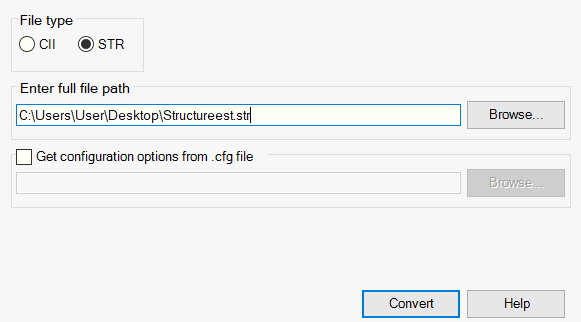
PASS/START-PROF to CAESAR II converter translate the model geometry and properties from START-PROF to CAESAR II v.11. User can choose the units in which the model will be converted to CAESAR II. At this moment the converter can transfer:
1. Pipes and rigid elements
2. All types of bends except the single miter joint, and long radius bend, because such elements are absent in CAESAR II
3. All types of tees
4. All types of reducers
5. Valve
6. All type of joints
7. Nozzles WRC 297, PD 5500, API 650
8. All types of supports and hangers, including START-PROF custom restraints
9. All types of Expansion Joints including it's properties
10. Cold spring (cold pull)
11. Support movements
12. Pipe Code used for stress analysis
13. Materials
14. Flange leakage check
15. Uniform and node loads